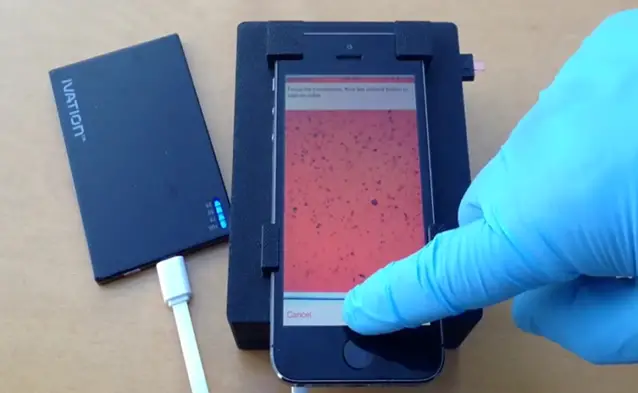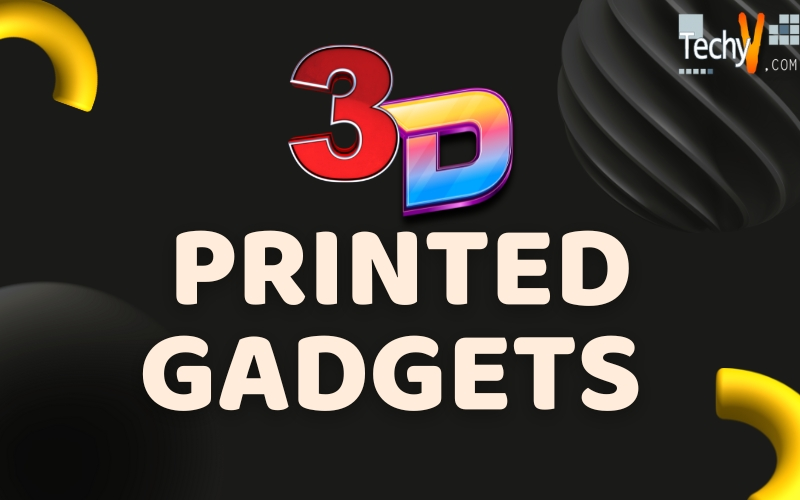Have you heard of Luduscope?
A device named LuduScope that is somewhat similar to the standard microscope that can be docked with a smartphone can make microbiology an interactive subject in the form of games available in the smartphone.

What exactly is this technology?
Luduscope is a 3D printing microscopic system enabled in a smartphone that makes science interactive through a game that allows the kids to learn, experiment and play games with light seeking games. The term luduSScope derive its name from the Latin word “ludus” means to “play,” “game, or “elementary school”. The device resembles standard microscope when docked with a smartphone, features LED lights controlled with the help of joystick. With the help of these, students can track the movement of Euglena microbes which has both plant and animal characteristics; they feed like animals and photosynthesis like plants.
The smartphone will have an application which has features like scale bars, grid overlays, and speed readings enabling the user to take measurements of objects they see in the field view. The application also contains games that let the students influence the movement of microbes while making an effort to guide them in Pac-Man style maze or score goals in simulated soccer pitch.
The man behind the idea of Luduscope
Riedel- Kruse, an assistant professor at Stanford University of bioengineering came up with this idea. His lab has constantly been working on the developing interactive and participative methods in the field of bioscience educations. According to him, the idea came out from video games. Video games provide us an example, how computers and electronics today can simulate things.
Riedel objective behind it was not only providing formal science knowledge in an interactive manner but also make them learn by building and playing. It is DIY system that teaches things such as electronics, optics programming, and fabrication. According to him, the project also gives insight about the robotics like construction, programming and mechanical things like gear wheels, etc. Everything from scratch on how to get this.
The schools or institution either get the frames from the third party or can print themselves. Its system consists of a closed circuit TV camera lens of 10x magnification allowing the students directly look through the microscope. The chambers for the euglena are made by fixing together the acrylic sides and coverslips. There is also an inlet and outlet in the chamber. It has sample holder feature that has four LED lights pointing the inward towards the center of the sample. The system is controlled by an analog joystick, light up the LED.
A biophysical model has been designed to incorporate lessons on programming used in the device using a student’s friendly coding language. The model has virtual microbes that have to behave in a similar way as Euglena, but students here can adjust parameters like swimming speed, light sensitivity, etc. to see these changes affect the model and how this observation fit the model.
The device is open source and the set up would cost $100 and $60 for the schools that have their 3D printers. It works great for school curriculums from the sixth grade to the high school and is good for advanced learning.

















